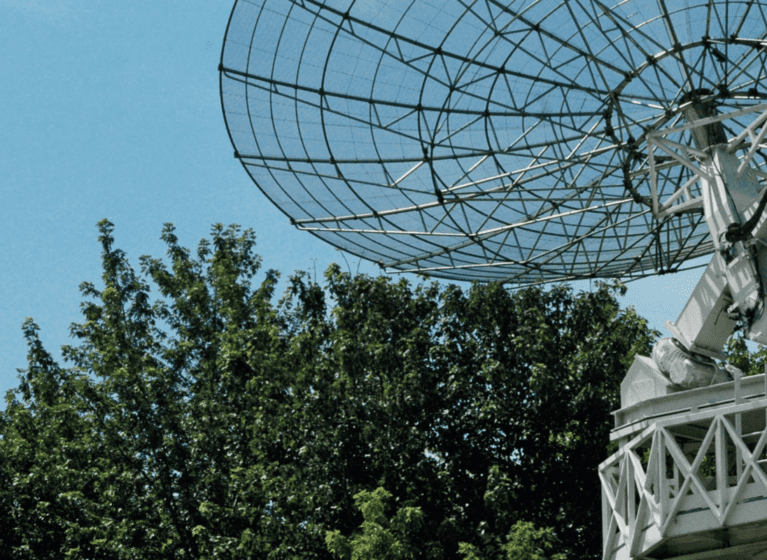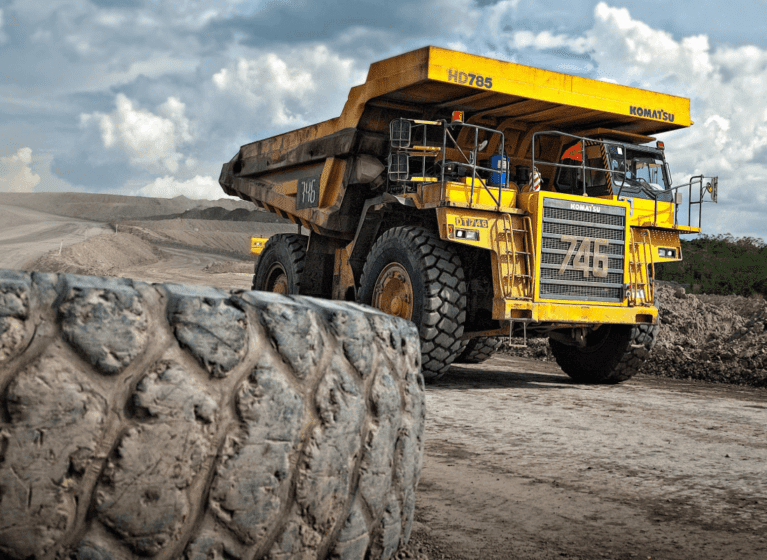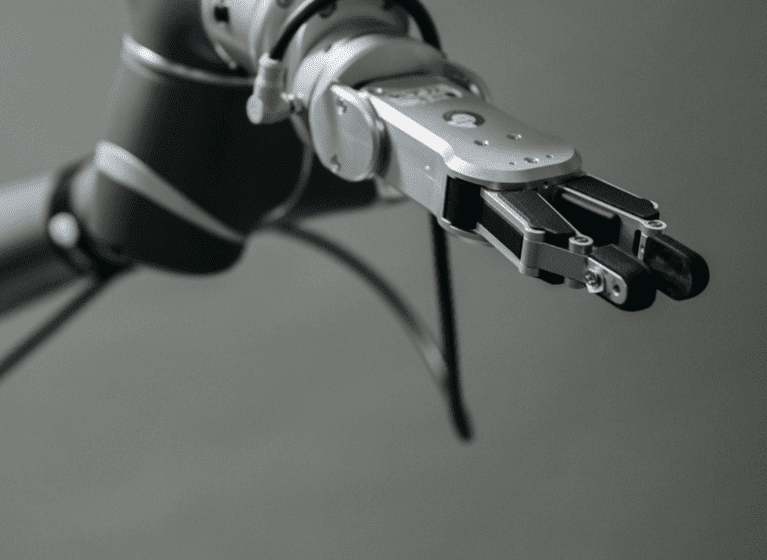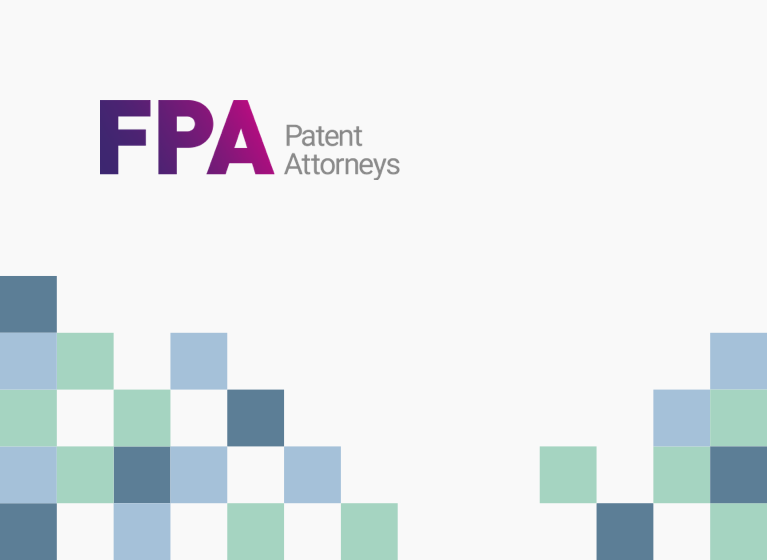A practical guide for patenting AI-based mining inventions in Australia
Introduction
AI is increasingly being adopted in the mining sector as a way to optimise processes and operations, improve efficiency, reduce costs and improve the health and safety of workers.
For example, machine learning is a type of AI most commonly used in the mining sector and is currently being applied to the exploration of resources, autonomous vehicles, and mineral processing. Generally, machine learning utilises large volumes of data available to the mine to identify patterns and trends in the data in order to predict future events or potential exploration targets, as well as to optimise minerals processing.
At the heart of AI and machine learning inventions is computer implemented technology. However, the patentability of computer implemented inventions is still a fluid area in Australia with a string of recent decisions from the Australian Patent Office and Courts being unfavourable to patent owners.
With the increasing utilisation of AI, how can mining companies seek protection for their inventions that are directed to AI technologies in Australia? In this article, we provide practical guidance for protecting such inventions in Australia.
Relevant considerations
In Commissioner of Patents v RPL Central Pty Ltd [2015] FCAFC 177 (‘RPL Central’), the Full Court set out a two stage test for assessing whether a computer implemented invention is patent-eligible (emphasis added):
A claimed invention must be examined to ascertain whether it is in substance a scheme or plan or whether it can broadly be described as an improvement in computer technology. The basis for the analysis starts with the fact that a business method, or mere scheme, is not, per se, patentable. The fact that it is a scheme or business method does not exclude it from properly being the subject of letters patent, but it must be more than that. There must be more than an abstract idea; it must involve the creation of an artificial state of affairs where the computer is integral to the invention, rather than a mere tool in which the invention is performed. Where the claimed invention is to a computerised business method, the invention must lie in that computerisation. It is not a patentable invention simply to “put” a business method “into” a computer to implement the business method using the computer for its well- known and understood functions.1
The first stage of the test involves asking whether the substance of the claimed invention falls within a class of subject matter that is ineligible for patent protection, such as a mere scheme or business method. If the invention is not directed to a mere scheme or business method, then the invention is eligible for patent protection. Otherwise the test proceeds to stage two, which involves considering whether the claimed invention lies in the computerisation of the method or “merely plugging an unpatentable scheme into a computer”.2
One way of demonstrating that an AI-based mining invention is directed to more than a mere scheme or business method and is therefore directed to patent eligible subject matter is by fully describing the technical implementation steps of the invention and the technical problems solved by the invention in the specification.
In other words, if the inventive concept of the claimed invention lies in a technical implementation or a technical application, then the invention is more likely to be considered patent eligible. In one example of a patent eligible AI-based mining invention, machine learning may be applied to automate a seismic interpretation of a subsurface geological region. The invention may involve a number of technical implementation steps including: acquiring a seismic dataset representing a subsurface geological region of interest using one or more seismic sensors; performing clustering on the seismic dataset; performing a machine learning algorithm on the seismic dataset to identify seismic facies based on the clustering; automatically performing a seismic interpretation of the dataset based on the identified seismic facies; and generating a digital map of the seismic interpretation.
Some further examples of what constitutes patent ineligible and patent eligible subject matter relating to the mining sector may be found in the Australian Patent Examiner’s Manual of Practice and Procedure:
For example, a method of extracting oil from a well characterised by a computer implemented algorithm to allocate pumping resources according to customer demand is in substance a scheme, even if notionally tied to a technical activity. Conversely, a method of extracting oil from a well characterised by a computer implemented algorithm that uses historical values of density, flow rates and the like to adjust the pump’s operation so that it operates more efficiently would likely be in substance a method of extracting oil and not a scheme.3
Additionally, if the inventive concept is directed to solving a problem that is technical in nature in the relevant field, then the invention is more likely to be considered patent eligible. As mentioned by the Full Court in RPL Central (emphasis added):
One consideration is whether the invention solves a “technical” problem within the computer or outside the computer, or whether it results in an improvement in the functioning of the computer, irrespective of the data being processed.4
Referring to the seismic example provided above, the technical problems solved by the invention are numerous, including a more efficient and accurate identification of the position of physical boundaries within the Earth which, in turn, can lead to the improved delineation of potential mineral or hydrocarbon deposits and accurate determinations of drill or well paths in relation to these deposits.
Furthermore, mining related inventions generally involve measuring or determining the physical characteristics of a physical structure, such as a geological region or environment where the output of these steps achieves a physical and tangible result. An invention concerning physical process steps which was carried out using a physical apparatus on a physical product to produce a physical and tangible result was considered patentable in Technological Resources v Tettman [2019] FCA 1889. The invention was directed to a method and apparatus for processing mined ore involving crushing and grading the ore, separating different graded ores and processing these to produce upgraded ore. The Federal Court considered that:
The claimed invention is not analogous to those considered to be mere schemes. Accordingly, the reasoning in the mere scheme cases is inapt. The delegate’s reasoning, in my view, involves a mischaracterisation of the claimed invention. As the appellant said, the invention involves physical steps carried out on a physical product using physical apparatus, to produce a physical and tangible result. It does not bear a resemblance to the cases on which the delegate relied. No meaningful analogy to those cases may be drawn.5
While AI-based mining inventions tend not to involve physical steps they generally relate to carrying out method steps in relation to a physical feature using physical apparatus to produce physical and tangible results such that they should be considered to constitute patent eligible subject matter.
Referring again to the seismic example above, the seismic dataset, the identified seismic facies and the digital image of the seismic interpretation are all representative of the physical structure and characteristics of a subsurface geological region. The digital recorded seismic dataset is acquired by physical seismic sensors positioned over the subsurface volume and the method steps are performed by a physical apparatus (i.e. a computer). The physical and tangible results may include the identification, characterisation and delineation of the geological layers and hydrocarbon or mineral deposits in the region.
Mining inventions that also provide some ‘physical effect in the sense of a concrete effect or phenomenon or manifestation or transformation’6 may also be patentable. A physical effect may include something that is physically produced or affected in the geological region or a change in state or information in a part of the computer performing the method. In the seismic example above, the method involves taking an unprocessed seismic dataset and processing the data to generate a seismic interpretation and digital map of the seismic interpretation. The generated seismic interpretation and digital map are both physical outputs and made up of information processed and stored on a computer and thus represent changes in state or information in a part of the computer.
In most instances, FPA has had success in demonstrating the patent eligibility of AI-based mining inventions without ever having to proceed to the second stage of the test mentioned in RPL Central. If, however, it is necessary to proceed to the second stage of the test it then becomes necessary to consider whether the claimed invention lies in the computerisation of method or lies in an improvement to computer technology. This requires some ingenuity in the way in which the computer is used, rather than merely using the computer as a tool for implementing the business method or mere scheme or using the computer for its well-known or generic functions.
Conclusions
AI-based mining inventions should generally be considered patent eligible in Australia. However, to improve prospects of successfully obtaining a patent, it is vital to fully describe the technical details of the invention in the specification including how the invention is implemented in a technical manner, rather than merely describing an idea or workflow. In most cases inventions in this field will involve using known computational methods to achieve a technical solution in a new mining-related application. Similarly, if the inventive concept lies in the computerisation or a new computational method, then there should be sufficient detail on how the computer works to perform the method steps, including any novel algorithms that the AI-based invention utilises in carrying out the method. Further, prospects of overcoming any patentable subject matter objections may also be improved by describing in detail in the specification any physical and tangible results, technical advantages and importantly any technical problems solved by the invention.
If you would like assistance in getting your AI-related mining inventions protected in Australia we would be pleased to assist. Our AI team is made up of experts with the relevant technical knowledge to understand the technical details and complexities of AI-based mining inventions and the legal expertise required to secure available patent rights in this field.
1 at [96]
2 Commissioner of Patents v Rokt [2020] FCAFC 86, [84]
3 s 2.9.2.7
4 at [99].
5 at [154]
6 Grant v Commissioner of Patents [2006] FCAFC 120, [32]








